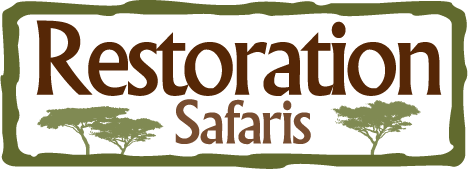Overview
Size: 1050 km2 (400 square miles), 1040 m (3400 feet) above sea level
Location: At the floor of the Great Rift Valley immediately southwest of the Ngorongoro Crater
Tribes: Hadzabe and Datoga
Description
Visit the eye catching lake Eyasi, a seasonal shallow salt or soda lake on the floor of the Great Rift Valley at the base of the Serengeti Plateau, just south of the Serengeti National Park and immediately southwest of the Ngorongoro Crater in the Crater Highlands of Tanzania. The lake is around 1050 km2 (400 square miles) and is 1040 m (3400 feet) above sea level. The main tributary is the Sibiti River and the secondary tributary is the Baray River.
Within this region you can pay a visit to theHadzabebushmenwho are indigenous inhabitants of the lakeand also see the Datoga and Mbulu people who are pastoralists, like the Masai people. A visit with the bushmen is worthwhile and they will graciously show you where and how they live and hunt. They subsist entirely off the bush and by bow hunting.
A great scenery for bird lovers as the lake attracts vast numbers of birds of all sizes and colors. Some main birds to be found here include: Africa spoonbill, flamingos, gray headed gulls, great white pelicans, pied avocet and yellow-billed storks also the catfish and lungfish are the main fish found here.
Lake Eyasi palm trees sunset this region is particularly suited for exploring on foot, and day or half day hikes are highly recommended. If interested in archaeological sites the Mumba Cave is located by the shores of Lake Eyasi. The site has yielded a number of Middle Stone Age and Late Stone Age artifacts
The scenery of Lake Eyasi differs dramatically to that of the surrounding areas and is downright tropical. Palm trees border the lake and make homes for birds such as Fischer’s lovebird. Other trees in this area include the umbrella thorn acacia and sand paper bush. The lake’s water levels vary greatly between the rainy and dry seasons. During the dry season the lake is virtually nonexistent and is quite deep during the rainy season and it attracts hippos who like to cool off in its brackish waters.

